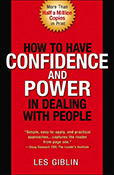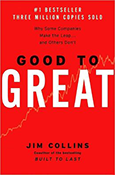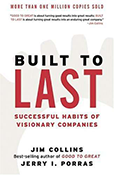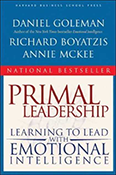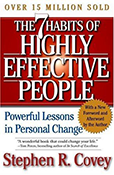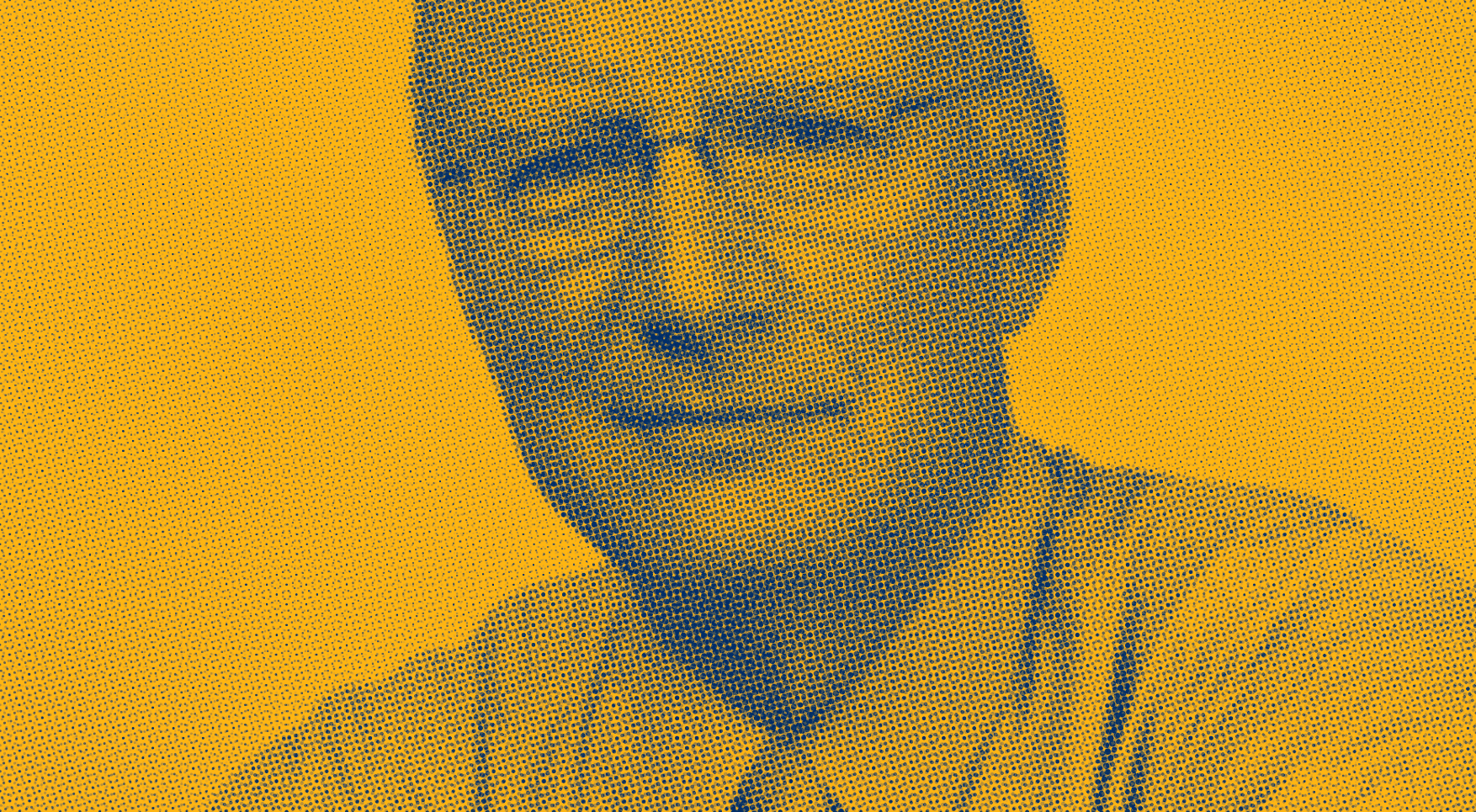Besides being incredibly good for your brain, reading really does make you smarter. A well-stocked bookshelf can keep you focused on important leadership and management principles—some of which you might already have learned but need reminding of, and others that can spur challenges and opportunities to grow.
To inspire or add to your own reading lists, we’ve rounded up 24 of the best leadership books on the market. Let us know what other titles you would add to this list!
How to Have Confidence and Power in Dealing with People
Leslie T. Giblin (1985)
When convincing others to give you what you want (money, love, goodwill, etc.), one must understand how to successfully interact with people in all areas of life.
Leslie Giblin, an expert in human relations, offers a step-by-step approach to managing relationships in a win-win fashion.
Endurance: Shackleton’s Incredibly Voyage
Alfred Lansing (1999)
Endurance is the tale of one of the most traumatic seafaring adventures gone wrong.
Through diary entries and personal interviews, Alfred Lansing scrupulously compiled the account of polar explorer Ernest Shackleton’s incredible survival for over a year on the Arctic seas, leading his sailors back to safety.
The Emperor’s Handbook
Marcus Aurelius (2002)
As emperor of Rome from 161 to 180 A.D., Marcus Aurelius was one of the world’s most powerful and respectable leaders. The Emperor’s Handbook is a translation of Aurelius’ personal notes (never meant to be published) on life, leadership and practical everyday advice.
“A must read for business leaders. This is a fantastic achievement.� – Steve Forbes, CEO of Forbes
“All of us today would do well to take counsel from Marcus Aurelius.� – Admiral Stansfield Turner, former director of the CIA
Built to Last: Successful Habits of Visionary Companies
Jim Collins, Jerry I. Porras (2004)
What makes a company truly exceptional?
Jim Collins and Jerry Porras glean leadership insights by comparing visionary companies that have lasted a century with those that had similar chances for success but sputtered out early.
Amazon.com CEO Jeff Bezos told Fast Company that Built to Last is his favorite business book.
Primal Leadership: Learning to Lead with Emotional Intelligence
Daniel Goleman, Richard E. Boyatzis, Annie McKee (2004)
By developing characteristics like empathy and self-awareness, great leaders connect with others through their ability to drive emotions in a positive direction to get results.
This idea of emotional intelligence has largely changed the way people think about what it means to be smart.
The Art of War
Sun Tzu (2005)
Written in China more than two thousand years ago, this book tells of cunning military strategies and operations that went into some of the most brilliantly executed maneuvers in Asian warfare.
These insights serve as an excellent guide to strategy, tactics and success in the world of business.
Using Data to Decide Features
In this sea of information, the problem isn’t finding a metric, it’s finding the right metric, as well as the best question to ask. Are you trying to convince your customers to buy a product? Call a number? Go to a site? The answer will drive all your other decisions.
In the case of online streaming services, the bottom line is time: the more hours that subscribers spend tuned in to Hulu or Starz or Netflix, the lower the chance that they will cancel. To put this in actual numbers, Hulu’s 12 million subscribers watch, on average, 2.9 hours of programming per day, compared with 2.2 hours on Netflix, 2.1 hours on YouTube, and 2 hours on Amazon video. That basic metric — number of hours watched — has steadily risen over the past few years, in large part due to big data.
One way that data has changed the streaming video experience is autoplay. Analytics showed that customers often leave after a show is over, so many streaming sites began to automatically start a new episode of a show as soon as the last one ended. For binge watchers, autoplay eased the transition from episode to episode. And, once you’ve finished watching a show, it tees up another program that’s been selected to appeal to your tastes. If all goes well, the binge process repeats itself, you stay glued to the screen, and the number of hours that you watch rises.
The impact of data on metrics and goals extends far beyond streaming services. For example, instead of following traditional goals like “capturing eyeballs,â€� or “buying an audience,â€� data can help companies focus on more specific aims, like making sales. “There isn’t always a correlation between capturing an audience and capturing sales,â€� Crisan says. “We now know what is really driving sales, because we’re really getting down to that granular data about who is buying and which shows are driving the growth and sales.â€�
Using Data for Creative Decisions
Big data can also drive creative decisions. Unlike the heyday of newspapers, it’s now easy to learn how many people read a particular story, and which factors drove them to it.Â
On a simple level, news sites like AOL, HuffingtonPost, and Business Insider can use data to drive aesthetic choices, like webpage design and headlines. On a deeper level, though, data can also drive which stories a website promotes from partner sites, and even which stories it commissions. After all, for editors interested in driving traffic, knowing what readers want to see can make the difference between a Kardashian expose that is read by millions and a story on gerrymandering that only draws a few thousand eyeballs.
The value of big data-driven content is even more obvious at studios and streaming sites, where buying rights to a movie or commissioning a series can be a matter of millions of dollars. Historically, TV has used a winnowing process, in which a flood of new TV shows at the beginning of every season would slow to a trickle as roughly 70 % of them failed to find an audience. Even today, with the improved metrics available to TV producers, 50 % of new shows on network TV don’t make it past their first season. By comparison, Netflix claims that 93 % of its original shows are renewed, and other streaming sites, like Hulu, have canceled only a handful of their original programs.
The difference is data. On an individual level, this influences which movie Hulu suggests for you, or which Amazon movie shows up in your feed. On a larger level, viewer data can be rolled up into aggregate analyses that reveal how an audience will respond to a show — or even to a particular ad. This recently played out in The Defenders, Netflix’s series featuring four b-level superheroes, each of whom had already had their own show. Analytics revealed several overlapping fan groups: for example, fans of Grace and Frankie also gravitate toward Iron Fist, while fans of Stranger Things gravitate toward Luke Cage. After The Defenders aired, the company was able to use viewing data to determine how to make those overlaps translate into actual sales. Or, to put it another way, they explored how they could convince a Grace and Frankie fan to tune into The Defenders to watch Iron Fist.
In some ways, the show functioned both as a product and as a litmus test to determine which future products will be greenlit, and the tools that will be used to market them.
Crisan notes that this use of aggregate data is transforming traditional ways of buying and selling advertising. “Historically, media was purchased in upfront packages,â€� she says. “You’re given a big plan and you take inventory, not knowing if it works or not.â€�
Now, however, companies can directly view the specific impact of every ad on every show, both in how it drives web traffic and even in how it drives sales. “You can pull in a customer’s web activity and their TV airings and marry the two on top of each other,� Crisan says. “We can see a spike in response when we aired a TV commercial during a program and we literally can see a spike in an advertiser’s web activity.�
Using this information, companies can choose the specific ad buys that will yield the biggest reward. “We have the ability to go into those packages and say I don’t want those five shows, they’re not driving sales,â€� Crisan says. This can lead to some unexpected conclusions. For example, she notes, commercials that air during children’s programs might have a lot of sway over 35-50 year old female consumers. By purchasing commercials during somewhat unlikely programs, companies can tap unexpected pools of customers — and maximize the impact of their ad budget.
Hire the Right People
Regardless of what a company does, big data conclusions — specifically, a deeper understanding of information around audience, advertising, and products — are an increasingly vital part of the business landscape.
As such, a deep understanding of data analytics is becoming more important for all employees across a company. “It’s getting deeper and more data-centric, and some of the people that can’t play in that space are finding themselves at a loss,� says Crisan.
For many companies, this means bringing data analytics in-house, where the people who know how to read and use data can work more directly with the people who design products and ads. “Gone are the days when you necessarily just let your agency have all the intellectual property around that,� says Crisan. “We’re seeing a movement towards bringing expertise on the media or the analytics side in-house�
In the case of big companies, this translates into hundreds of job postings for data analysts, engineers and scientists. But small and medium businesses hardly have to go to those lengths for the expertise they need — at least in the beginning. There are numerous analytics programs that provide real-time information about how customers are engaging with a product, as well as broader conclusions about where they’re are coming from, why they’re leaving, and what needs to be done to engage and retain them. With the right analytics and a little creativity, even the smallest company can start getting that roomful of monkeys working at their typewriters.
Bruce Watson is a New York-based writer and editor. His work has appeared in the Guardian, Esquire, the New York Times, and several other publications.
MORE ARTICLES
The post 24 Leadership Books To Read Before You Die appeared first on CEO.com.







